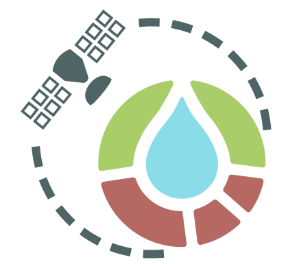
Guida Rapida
Manuale Utente - web app per le aziende agricoleIrrisat® è un marchio registrato di Ariespace srl

1 - Accedi
Collegarsi alla pagina web https://www.irrisat.com/
Cliccare sul pulsante ![]()

2 - Login, registrazione
Pannello di log-in per gli utenti registrati.
La prima volta occorre registrarsi cliccando in basso su ![]()

3 - Registrazione
Al primo accesso, compilare il pannello di registrazione inserendo i dati aziendali

4 - cruscotto iniziale
Schermata iniziale – cruscotto dell’app.
I vari tab evidenziati in figura permettono di utilizzare l’app e consultare le varie informazioni e dati disponibili.

5 - Disegna un nuovo campo
Il primo tab in alto, ‘Campi’, permette di disegnare un nuovo poligono o di selezionarne uno già disegnato.
Per disegnare un campo nuovo, cliccare su ‘New’, tracciare il perimetro del campo aiutandosi con la mappa di base fino a chiuderlo tornando sul punto iniziale. Infine, cliccare su ![]()

6 - Informazioni della coltura
Compilare le tutte informazioni relative al campo e alla coltura.
Consultando la guida estesa, si possono ottenere informazioni sull’impostazione degli extraparametri opzionali.

7 - Scegli un campo
Per consultare i dati disponibili, nel primo tab ‘Campi’ sceglierne uno tra quelli già disegnati.

8 - Scegli una mappa
Nel secondo Tab della scelta del layer, scegliere una mappa di interesse, per esempio Fabbisogno Irriguo

9 - Consulta la mappa
La mappa scelta apparirà all’interno dei confini del campo e con lo slider del tempo (sotto) si potrà vedere in tutte le date disponibili

10 - Consulta i grafici
Nella barra laterale, i diversi TAB permettono di consultare i grafici e tabelle di tutti i dati disponibili. In questa figura, ci sono gli andamenti nel tempo dell’indice di vigore vegetativo (NDVI) e del parametro di area fogliare (LAI).
NB: La barra dei TAB potrebbe posizionarsi a sinistra oppure in basso a seconda della dimensione dello schermo

11 - Consulta i grafici - irrigazioni
Nel TAB “goccia”, sono riportati grafici e tabelle di evapotraspirazione, fabbisogno irrigue e pioggia giornaliera.
NB: per questi dati sono riportati anche 3 giorni di previsione

12 - Aggiungi e calcola le irrigazioni
1 – Il pulsante “Gestisci Irrigazioni” permette di inserire le irrigagazioni effettivamente praticate. Cliccandolo, si apre la scheda delle irrigazioni
2 – Nella scheda sono riepolagate le irrigazioni precedentemente inserite. Il pulsante “Aggiungi” permette di aggiungegerne una nuova.
3 – Inserire la data di irrigazione utilizzando il tasto del calendario
4 – Il pulsante “Calcola”, determina il volume di irrigazione (calcolato in base ai dati satellitari e ai dati metereologigi) necessario per azzerare il deficit idrico.
5 – Inserire il volume di irrigazione effettivamente praticato
6 -Salvare
Le tabelle e grafici relativi all’irrigazione si modificheranno per tener conto del nuovo inserimento.
NB: la prima irrigazione effettuata in occasione della semina non va aggiunta perché il sistema la porta in conto impostando il deficit iniziale pari a 0, ossia il sistema considera che il terreno parta dalla sua capacità di campo.

13 - Informazioni
Nell’ultimo TAB sono riportate le definizioni di tutti i date (mappe, grafici e tabelle) consultabili tramite l’app.
Consigli utili

Puntatore per localizazzione
In alto, cliccando sullo strumento “puntatore”, un pallino sulla mappa identificherà la propria posizione attuale. Lo strumento è comodo per utilizzare l’app in campagna.

Esplorare nel tempo - mappe
Quando si sceglie una mappa da visualizzare dentro i confini del campo, sotto appare uno “slider” riportante tutte le date. Può essere scorso con il dito per scegliere la data di cui visualizzare la mappa.

Esplorare nel tempo - grafici
I grafici del NDVI e LAI possono essere navigati nel tempo con tre diversi strumenti:
1.Scegliendo lo zoom tra: 1 mese, 3 mesi, 6 mesi, dall’inizio dell’anno fino alla data odierna (YTD), 1 anno e tutti quelli disponibili (All)
2.Impostando le date della finestra temporale
3.Con il comodo slider sottostante, che permette di scorrere avanti e indietro nel tempo
